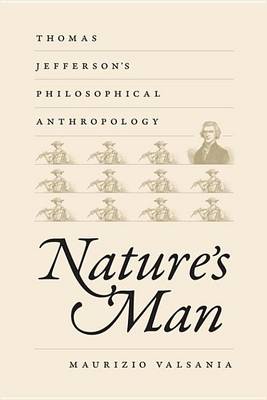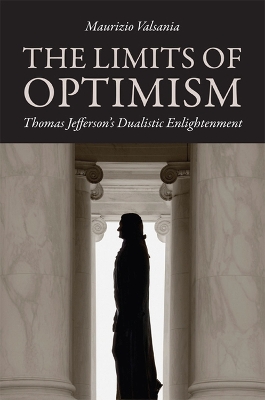Jeffersonian America
3 total works
Having situated Jefferson in his own body, Valsania looks at the embodied Jefferson in the world of his fellow humans. Any one of the other people in Jefferson's society-whether that other person was male or female, free or enslaved, African American or Native American-was a critical counterexample for the eighteenth-century Virginian to define himself against, and Valsania's explorations here lead to numerous insightful discoveries about race, gender, and structures of power. The first comprehensive exploration of Jefferson's corporeal world, Jefferson's Body brings the man vividly to life for the modern reader while deepening our understanding of what it meant to Jefferson to be alive.
A humanist who asserted the right of all people to personal fulfilment, Jefferson nevertheless had a complex philosophy that also acknowledged the dynamism of nature and the limits of human imagination. Despite Jefferson's famous advocacy of apparently individualistic rights to life, liberty, and the pursuit of happiness, Valsania argues that both Jefferson's yearning for the human individual to become something good and his fear that this hypothetical being would turn into something bad were rooted in a specific form of communitarianism. Absorbing and responding to certain moral-philosophical currents in Europe, Jefferson's nature-infused vision underscored the connection between the individual and the community.
The Limits of Optimism works to dispel persistent notions about Jefferson's allegedly paradoxical and sphinx-like quality. Maurizio Valsania shows that Jefferson's multifaceted character and personality are to a large extent the logical outcome of an anti-metaphysical, enlightened, and humility-oriented approach to reality. That Jefferson's mind and priorities changed over time and in response to changing circumstances indicates neither incoherence, hypocrisy, nor pathology.
Valsania's reading of Jefferson, the Enlightenment, and negativity helps to make sense of the many paradoxes typically associated with that eighteenth-century thinker. At the same time, it provides a corrective to the common though erroneous equation of Enlightenment thinking with rationalism and shallow optimism.


